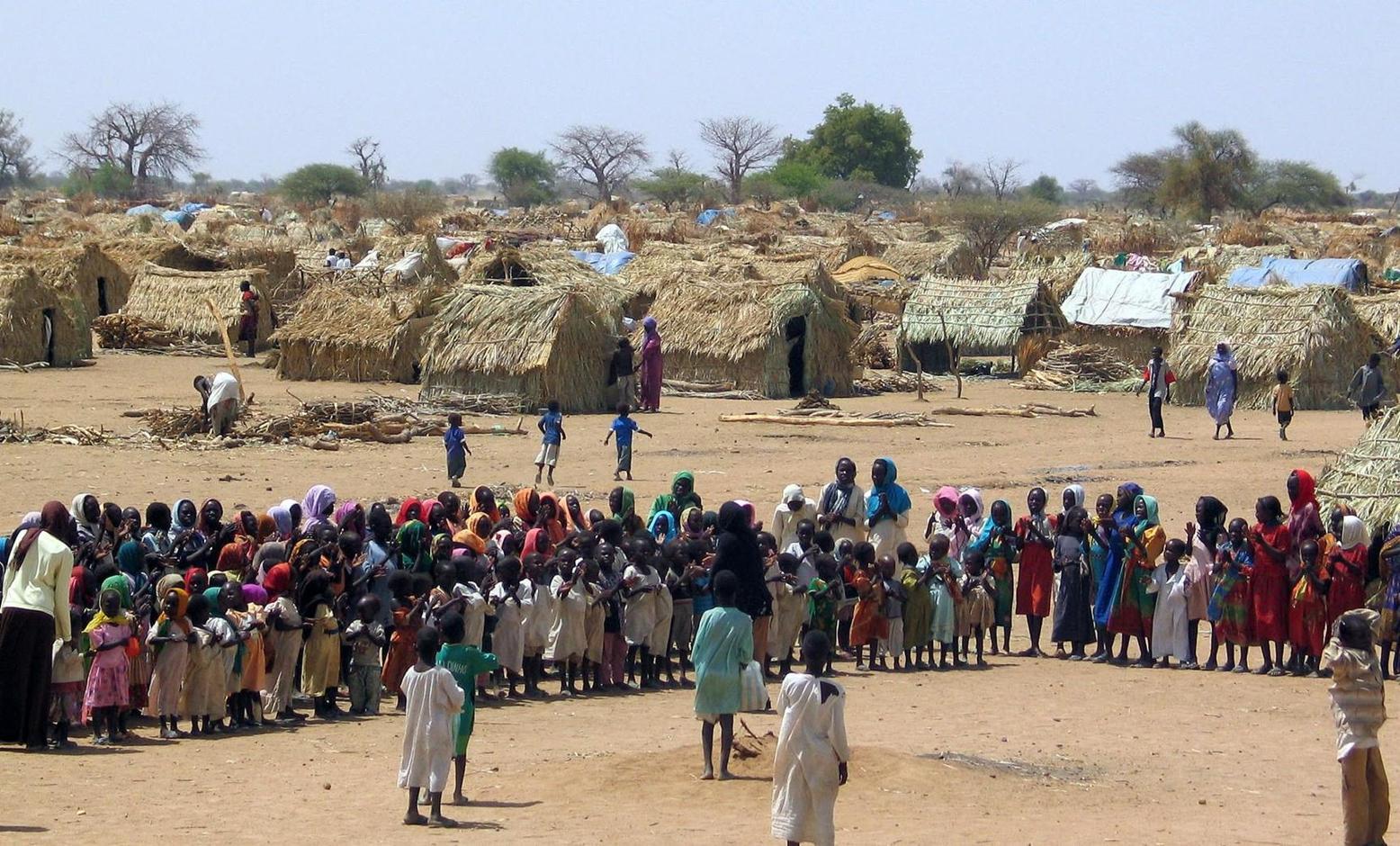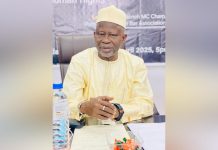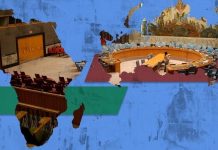Africa-Press – Gambia. Poverty in The Gambia is a complex, multifaceted, multidimensional issue that extends beyond income and encompasses a range of social, economic, and structural challenges. Poverty in The Gambia is a deeply entrenched issue that affects the lives of a significant portion of the population. As one of the smallest countries on the African mainland, both in size and economy, The Gambia faces numerous developmental challenges that have contributed to the persistence of poverty. According to World Bank estimates, over 48% of Gambians live below the national poverty line. However, poverty in The Gambia is not just merely a matter of low income; it manifests in several interconnected dimensions – economic, social, environmental, and institutional- which reflect the complex nature of deprivation and inequality in the country. This article explores the localized dimensions of poverty in The Gambia, highlighting how it affects people differently based on geography, gender, occupation, and access to basic services.
Economic poverty remains the most visible and quantifiable dimension of poverty in The Gambia. While the urban centers like Banjul, Serekunda and Kanifing Municipality, Greater Banjul Area (GBA), (The KOMBOS) enjoy relatively better infrastructure and employment opportunities, rural regions such as Upper River Region (URR), Central River Region (CRR), and Lower River Region (LRR) experience acute poverty. Most Gambians experience what one will aptly regard as Poverty of the stomach – a metaphorical phrase that generally refers to a lack of sufficient food or nutrition — in other words, hunger or malnutrition due to poverty. Most Gambians cannot afford three square meals a day.
Agriculture is the backbone of the rural economy, employing about 70% of the labor force. However, it is predominantly subsistence-based, rain-fed, and vulnerable to climate variability. Inadequate access to modern tools, fertilizers, credit facilities, and markets means that productivity remains low, and incomes are often insufficient to meet basic needs. Seasonal unemployment and underemployment are widespread, with young people migrating to urban areas or seeking dangerous migration routes abroad in search of better livelihoods.
Another important dimension of poverty in The Gambia is educational deprivation. While primary school enrollment has improved over the years, significant disparities exist in access, retention, and quality of education, especially in rural and remote areas. In some parts of the country, particularly in rural regions, children—especially girls—drop out of school due to poverty, early marriage, household responsibilities, or cultural norms. The lack of qualified teachers, learning materials, and infrastructure further undermines the quality of education. As a result, many young people enter adulthood without the prerequisite skills needed for gainful employment or entrepreneurship, perpetuating a cycle of poverty. Educational poverty has long-term consequences, limiting individuals’ access to better income opportunities, social mobility, and informed participation in civic life.
Access to quality healthcare is a major challenge in The Gambia, and this directly correlates with poverty levels. While urban areas are served by a few hospitals and clinics, rural communities often lack even basic healthcare facilities. The long distances to health centers, shortage of trained personnel, lack of medical supplies, and user fees prevent many from receiving timely care.
Common health issues such as malaria, respiratory infections, diarrhea, and maternal and child health complications disproportionately affect the poor. Malnutrition—particularly among children under five—is a serious concern, exacerbated by food insecurity and poor maternal health.
Furthermore, health poverty is often gendered. Women in rural areas frequently give birth at home without skilled birth attendants, putting their lives and those of their babies at risk. Health-related poverty deepens household vulnerability, leading to economic shocks from medical expenses and lost labor productivity.
More so, another localized dimension of poverty in The Gambia is inadequate access to clean water, sanitation, and decent housing. Many communities—especially in rural and peri-urban areas—lack reliable access to safe drinking water. Households often rely on open wells, rivers, streams, bolongs, or hand-pumps, which are susceptible to contamination and waterborne diseases.
Sanitation facilities are equally poor, with a significant number of households using pit latrines or practicing open defecation. The lack of proper waste management in urban areas further threatens public health, particularly during the rainy season when flooding spreads contaminants.
Housing conditions reflect the broader poverty crisis. Many families live in overcrowded, poorly constructed houses made of mud, thatch, or corrugated iron sheets. These structures offer limited protection from extreme weather and pose safety risks during storms and floods.
Poverty in The Gambia is also deeply gendered. Women and girls experience poverty differently and often more severely than men. They are overrepresented in low-paying, informal jobs and bear the brunt of unpaid domestic labour. In rural areas, women farmers have limited access to land ownership, agricultural inputs, and credit, which undermines their productivity and economic independence.
Cultural practices such as early marriage, female genital mutilation (FGM), and gender-based violence contribute to the marginalization of women and girls, depriving them of education, health, and participation in public life. Although laws and policies exist to protect women’s rights, implementation remains weak due to traditional norms and inadequate enforcement mechanisms.
Gender inequality reinforces intergenerational poverty, as uneducated and economically dependent women are less likely to provide opportunities for their children to break out of the poverty cycle.
The Gambia has a very young population, with over 60% under the age of 25. However, youth unemployment remains alarmingly high. Many young Gambians face limited opportunities for formal employment, vocational training, or entrepreneurship. This lack of opportunity has led to frustration, hopelessness, and increased irregular migration. The “backway” migration route through North Africa to Europe has claimed the lives of many young Gambians who risk everything in search of a better life. This brain drain not only affects families and communities but also undermines the country’s human capital and future development.
Weak institutions and poor governance are also key drivers of poverty in The Gambia. Corruption, lack of transparency, accountability, inadequate public service delivery, and limited citizen participation hinder effective poverty alleviation. Many people, especially the poor, feel excluded from decision-making processes that affect their lives. Social safety nets and public assistance programmes are often insufficient, poorly targeted, or underfunded. While recent government efforts and donor-supported programmes aim to address poverty, systemic weaknesses in policy implementation and accountability continue to limit their effectiveness.
The Gambia is highly vulnerable to environmental shocks, including droughts, floods, coastal erosion, and deforestation. These climate-related challenges disproportionately affect poor communities that depend on natural resources for survival. Flooding during the rainy season often damages homes, displaces families, and destroys crops, leading to food insecurity and economic hardship. The degradation of land and forests also threatens rural livelihoods, pushing more people into poverty.
Poverty in The Gambia is multifaceted, with each dimension reinforcing the others. Tackling it requires a holistic and inclusive approach that addresses not just income deprivation but also the social, structural, and environmental factors (enablers) that keep people in a state of chronic need. Policies must focus on improving rural development, access to quality education and healthcare, gender equality, youth empowerment, institutional reform, and climate resilience. Only through sustained, equitable, and community-centered strategies can The Gambia hope to break the cycle of poverty and ensure a better future for all its citizens.
Poverty is not just lack of money; it is not having the capability to realize one’s full potential as a human being.” — Amartya Sen.
Source: The Standard Newspaper | Gambia
For More News And Analysis About Gambia Follow Africa-Press






